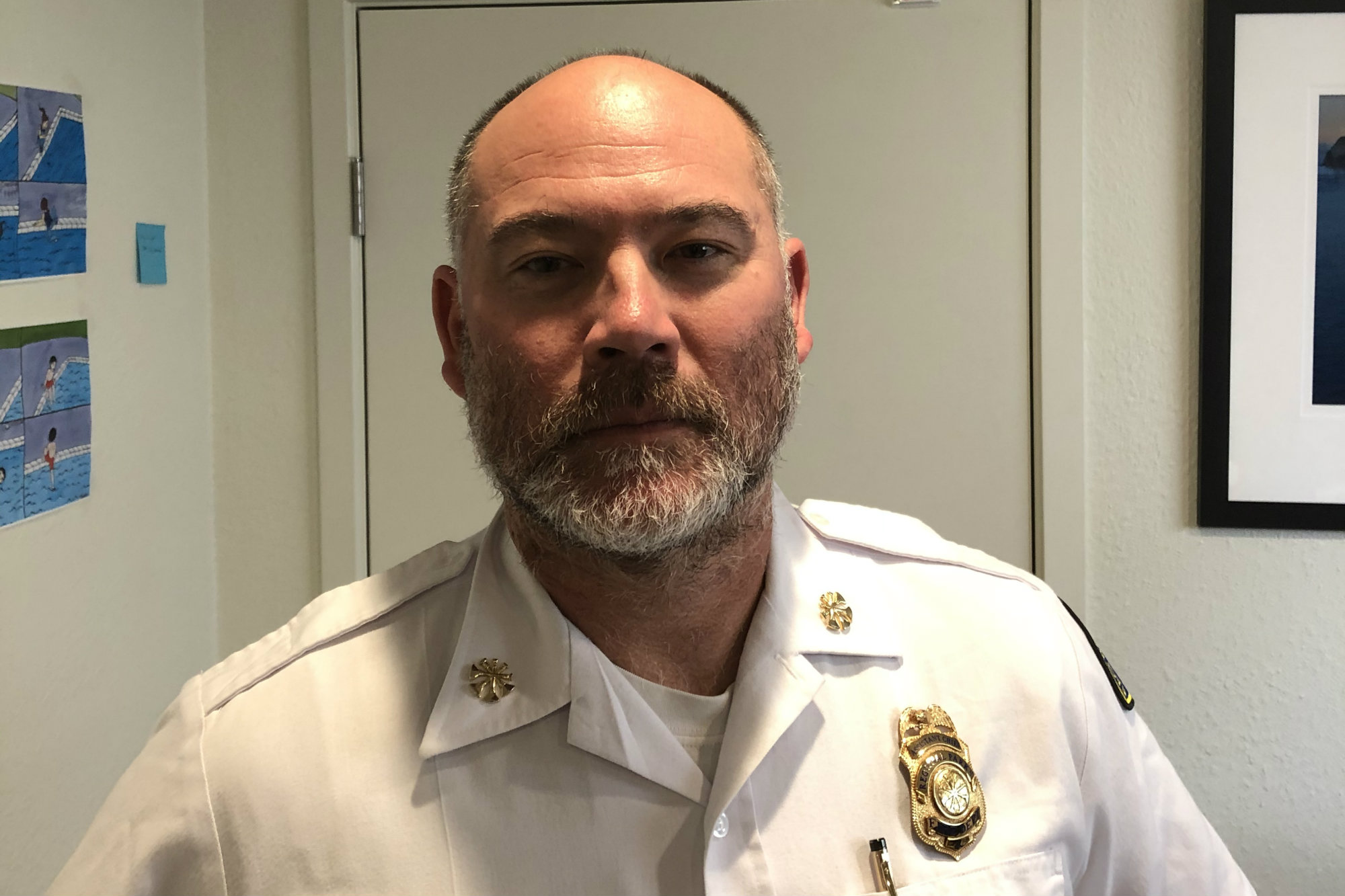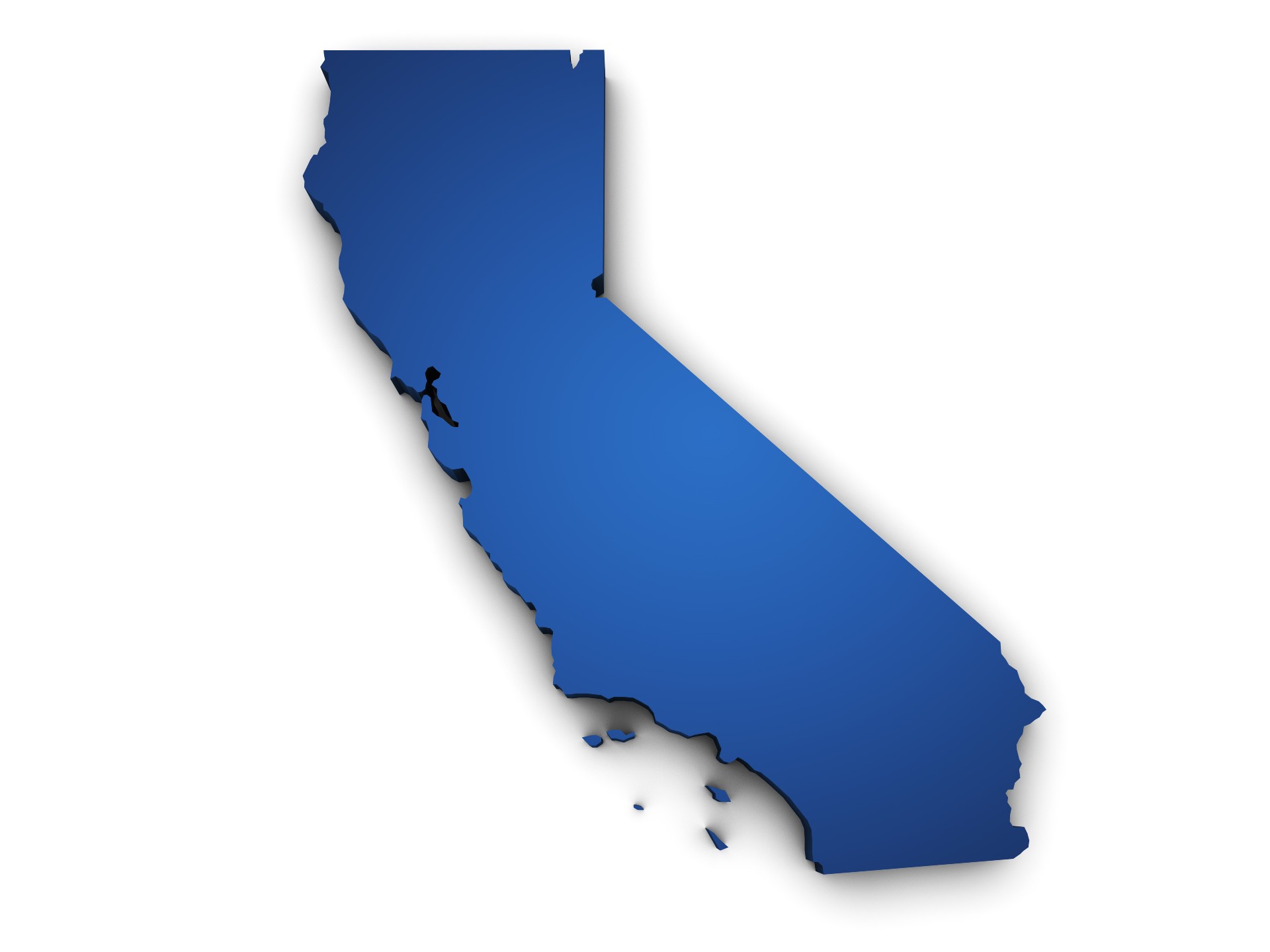Ten months have passed. It’s a new year, and so many things have come and gone, or have been put on hold.
Looking back at 2020, it’s a struggle to remember all my projects and tasks. It was hard to plan for a swim season, set up facilities, hire and train staff, only to have the season not occur.
So many projects, both professional and personal, were put on hold — like getting swimming access to seniors or my prototype of a floatation device made from recycled materials. At last, there are some small moments of success where delayed projects will finally move forward, like providing virtual classroom presentations, and training and fit testing field staff for respirators (Waited eight months for the filter cartridges to arrive; now just waiting on Legal to approve.).
But some things haven’t changed and continue to persist. My staff is prepping for a 2021 season, which currently includes hiring and interviewing returning seasonal staff and recruiting entry-level seasonal lifeguards. This is challenging, considering that most traditional forms of recruiting, such as visiting swim meets, job fairs, and school campuses, are not feasible.
I’m still serving as the section chief for logistics for the EOC at my agency. I’m still the infectious disease officer at my agency, which entails performing assessments and documenting all potential and confirmed exposures, tracking positive cases, and providing weekly updates to upper management. And the surge continues…
The Vaccination Maze
With the new year comes new challenges.
The most current hurdle is vaccinations. For me, that means getting the Fire Department personnel in line to receive the COVID-19 vaccine. Funny or lucky, I’ll let you decide.
It has been a process that requires some patience and persistence. Since December, our agency had been trying to find out when our Public Safety personnel would receive access to the vaccine. We would inquire and either get no response or hear, “Check back with us later.”
On my first day back to work after New Year’s, I checked in with the Police Admin captain to see if he had heard anything about vaccination opportunities. Still nothing. This was troubling, considering that I’d seen several Facebook posts showing colleagues receiving their first doses.
So we formed a plan. The Police captain would check in with his contacts in one county we serve, and I would check in with my contacts in the other. Then we’d report what we learned. My contact within the county EMS informed me that vaccinations for fire personnel had been taking place for the last four weeks. She got me in touch with the deputy director who was overseeing vaccine distribution within the county. I sent him an email asking how we could get into the queue. He replied with all the details. I proceeded to work with the Fire Operations captain to get all fire personnel signed up for vaccinations over the next three days, which was also the last days allocated for fire personnel. I informed the Police captain of the situation, and he’d heard that vaccination for law enforcement personnel would begin the following week.
Getting the vaccine for the rest of the agency has now become the priority, especially for all public-facing employees. Since my agency is a special district, operating within two counties, we are looking at all the options within both counties.
Some Advice
If your agency decides to participate in coordinating the opportunity for vaccination, here are a few things to consider.
- It helps to have contacts within the Public Health and the EMS Authority. Information on who will be prioritized, location of vaccination sites, and the process for rolling out the vaccinations are ever-changing. It is important to gain access to the most current information and check in with your contacts often.
- Encourage staff to investigate receiving vaccinations through their healthcare providers, Veterans Affairs, or directly signing up through your county. All options should be utilized, both for the agency advocating on the employees’ behalf and the employees advocating for themselves.
- Lastly, your agency should develop a list of all employees interested in receiving the vaccine. With both fire and law enforcement personnel getting signed up to receive the vaccine, providing a complete list of personnel was imperative for our success. I say this because we received an email from the deputy director, who complimented us on the thoroughness of our list and how it helped expedite the vaccination process. Your list should categorize employees who interact with the public, those who are non-public-facing but still work in the field, and those working from home.
Personal thoughts
Because our Lifeguard Service Unit is structured within our Fire Department, I have received the first dose of the vaccine.
My shoulder hurt for several days. My body ached. I felt fatigued and slept for half of the following day. Other agencies have contacted me and asked if I was planning to have my seasonal lifeguard staff vaccinated. After they are hired, I plan to advocate for them to have the opportunity just like our permanent staff. Getting the vaccine is a choice, not a mandate and I’m here to advocate for that choice.
I thought a lot about getting the vaccine. I thought about what it would mean to my permanent staff if I chose to wait another six months before receiving it. If I let others go ahead of me, because I wanted to wait and see how the vaccine affected others. If I waited because I was nervous. But the opportunity came, and I took it.
I am a public servant who serves the community. I am expected to serve when others are unable or afraid. If I’m sick, I can’t serve. As a leader within my agency, my community and profession, I vaccinated because it was right thing to do.
I think a lot about what the vaccine means. To some, it represents hope for a better tomorrow, a step closer to having some normalcy in life.
You’re not alone. Be safe and serve. Love your friends and family.



